When software updates go sideways, it's never fun—and that's exactly what Pixel 10 owners experienced with the October 2025 update. But here's what makes this situation interesting: while Google was fixing widespread app crashes behind the scenes, they were also quietly rolling out one of the most significant cross-platform breakthroughs we've seen in years.
Google pushed a server-side fix for the October update problems, but more importantly, they've managed to make Quick Share work seamlessly with Apple's AirDrop. However, Wi-Fi connectivity issues following the October update could throw a wrench into this otherwise exciting development.
When software updates go sideways: The October troubles
The October 2025 update didn't exactly roll out smoothly for Pixel 10 users. Shortly after installing the update, users began reporting widespread app crashes, with applications freezing on splash screens and displaying repeated "app not responding" dialogs. We're talking about the kind of frustrating experience where you tap an app icon and it just sits there, mocking you with its inability to actually open.
What's fascinating from a technical perspective is how Google responded. Instead of rushing out another full system update (which would have taken weeks to reach everyone), the company deployed a server-side configuration change to address the issues remotely. This meant users didn't need to download anything—their phones just started working better as Google flipped switches on their end.
This approach showcases the evolution of modern Android architecture toward more flexible problem-solving. Contemporary Android is built from modular components that handle activities like sign-in, notifications, in-app billing, and web rendering. When one of these components gets misconfigured, problems can ripple through multiple apps—but this modular design also enables rapid remote fixes that would have been impossible in earlier Android versions.
The AirDrop breakthrough: Cross-platform sharing finally works
Now here's where things get genuinely exciting. Google has successfully implemented AirDrop compatibility within Quick Share, allowing Pixel 10 devices to send files directly to iPhones, iPads, and macOS devices. This isn't some hacky workaround or third-party solution—we're talking about direct, peer-to-peer file sharing between Android and iOS devices.
The connection is direct and peer-to-peer, with data never routed through servers and no content logging. Google accomplished this through its own implementation, and it was not a collaboration with Apple. Basically, Google reverse-engineered Apple's AirDrop protocol and made it work with Quick Share—which is pretty impressive when you consider how closely Apple guards these kinds of technologies and Google's history of finding vulnerabilities in Apple's implementations.
The implementation does have some requirements, though. iPhone users need to set their AirDrop to "Everyone for 10 minutes" mode to receive files from Pixel devices. Google explains this is just the first step in seamless cross-platform sharing, and they're working toward more refined implementations. The feature enables two-way file sharing between Android and iOS devices, so iPhone users can also send files back to Pixel devices.
From a security standpoint, Google built this with security at its core, protecting data with strong safeguards that were tested by independent security experts. They've built this functionality using Rust programming language to harden the system against vulnerabilities, demonstrating that this reverse-engineering effort was approached with enterprise-level security considerations.
Wi-Fi troubles threaten the sharing revolution
Unfortunately, there's a significant wrinkle in this otherwise positive story. Pixel Wi-Fi issues have been plaguing users following the October 2025 update, which could directly impact this new AirDrop functionality. Here's why this matters: both Quick Share and AirDrop combine Bluetooth and Wi-Fi for device discovery and actual file transfer.
When Wi-Fi connectivity becomes unreliable, it doesn't just affect your internet browsing—it can break the peer-to-peer connections that make seamless file sharing possible. Think of it this way: Bluetooth handles the initial handshake and device discovery, but Wi-Fi carries the heavy lifting of actually moving your photos and videos between devices. If that Wi-Fi connection keeps dropping out, your file transfers are going to be pretty frustrating.
The timing is particularly problematic because Google has been working to address various connectivity issues through recent updates, including fixes for emergency calling problems and general system stability improvements. The November 2025 update addressed some of these concerns, but Wi-Fi reliability remains a concern for users who want to take advantage of the new cross-platform sharing features.
What this means for the Android ecosystem
The broader implications here are fascinating. Qualcomm has confirmed that Snapdragon-powered devices will soon support this same AirDrop compatibility, suggesting this feature won't remain exclusive to Pixel devices for long. The integration promises to simplify file exchanges without relying on third-party apps or internet connections, which could fundamentally change how people think about device ecosystem boundaries.
Think about it: how many times have you been in a situation where someone with an iPhone wants to share photos with your Android phone? Up until now, you've been stuck with email, messaging apps, or cloud services. Now, the feature uses end-to-end encryption and requires user consent for each transfer, addressing potential privacy concerns while making the process as seamless as sharing between two iPhones.
European regulations under the Digital Markets Act likely influenced this development, as regulatory pressure continues to push tech companies toward greater interoperability. This regulatory backdrop suggests we might see more cross-platform features in the future—think universal messaging standards, cross-platform app stores, or even broader file system compatibility—not because companies want to play nice, but because they're being required to do so.
Bottom line: this isn't just about Google and Apple. Support for this feature won't be limited to high-end flagships; it could extend to mid-range Snapdragon processors, meaning millions of Android devices could gain this capability over the coming months.
Where do we go from here?
The current situation presents both opportunity and challenge for Pixel 10 users. On one hand, you're getting access to groundbreaking cross-platform sharing capabilities that bridge the Android-iOS divide in ways we haven't seen before. The feature works with iPhone, iPad, and macOS devices across the entire Pixel 10 series, and Google plans to expand this functionality to other Android devices in the future.
However, the Wi-Fi connectivity issues could significantly impact your ability to actually use these new features effectively. Google has been pushing regular updates to address stability problems, so staying current with system updates remains crucial. The company's ability to deploy server-side fixes also means some problems can be resolved without waiting for full OS updates, which is encouraging for ongoing support.
PRO TIP: If you're experiencing Wi-Fi connectivity issues that might impact Quick Share performance, try the basic troubleshooting steps Google recommends: reboot your device to reset background services, check for updates to Google Play services in the Play Store, and temporarily disable any Play services beta participation if you're enrolled.
What's really exciting is that we're witnessing a significant shift in how Android and iOS devices can work together. This isn't just about file sharing—it's about breaking down the walls between ecosystems that have existed for over a decade. The technology is there, the implementation is solid, but the execution still needs some polish to reach its full potential.
Looking ahead, Google hopes to work with Apple to allow for further compatibility improvements, including enabling 'Contacts Only' mode in the future. Whether Apple will actively collaborate or continue to let Google do the heavy lifting remains to be seen, but either way, Android users are getting capabilities they've wanted for years.





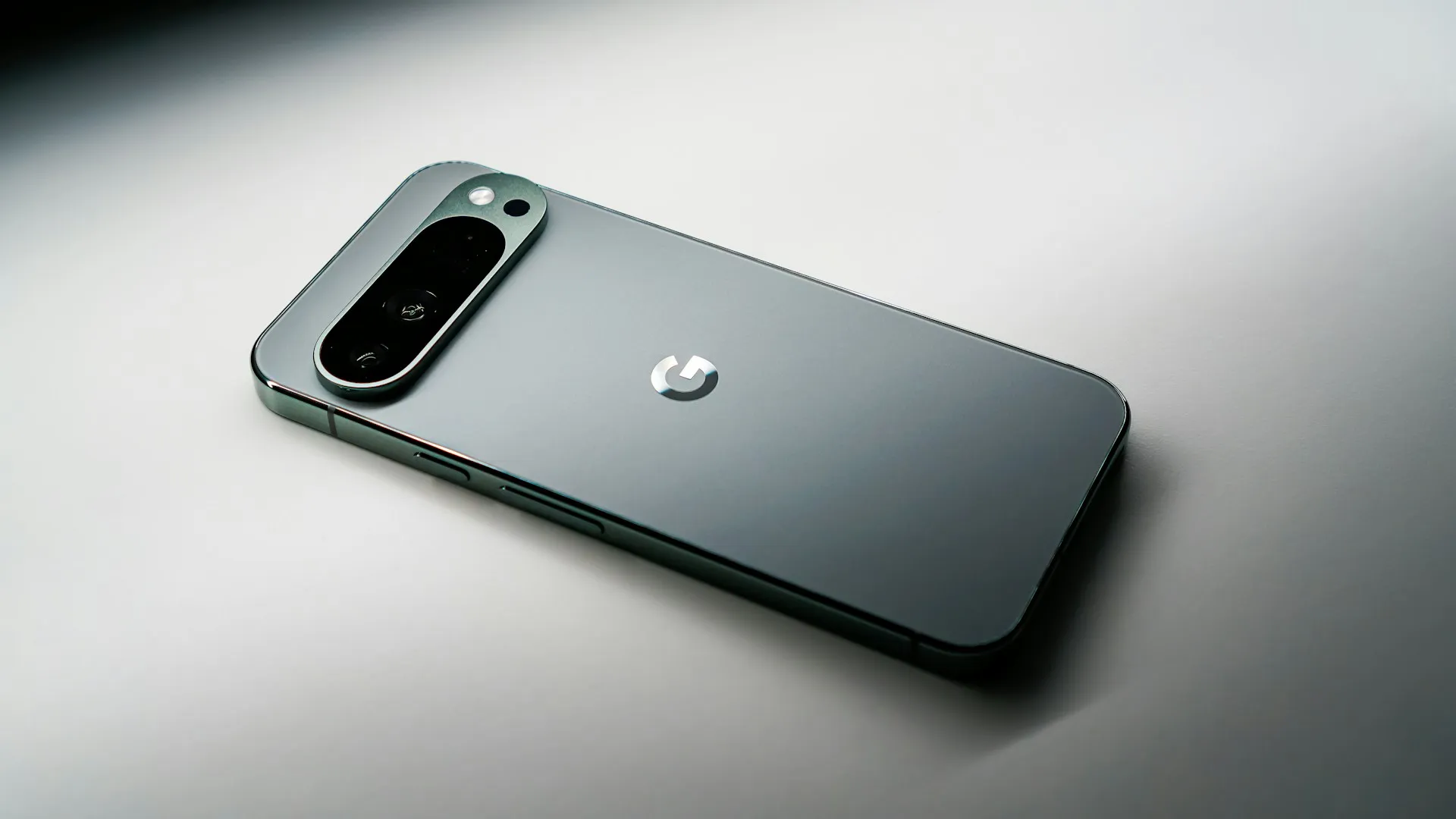

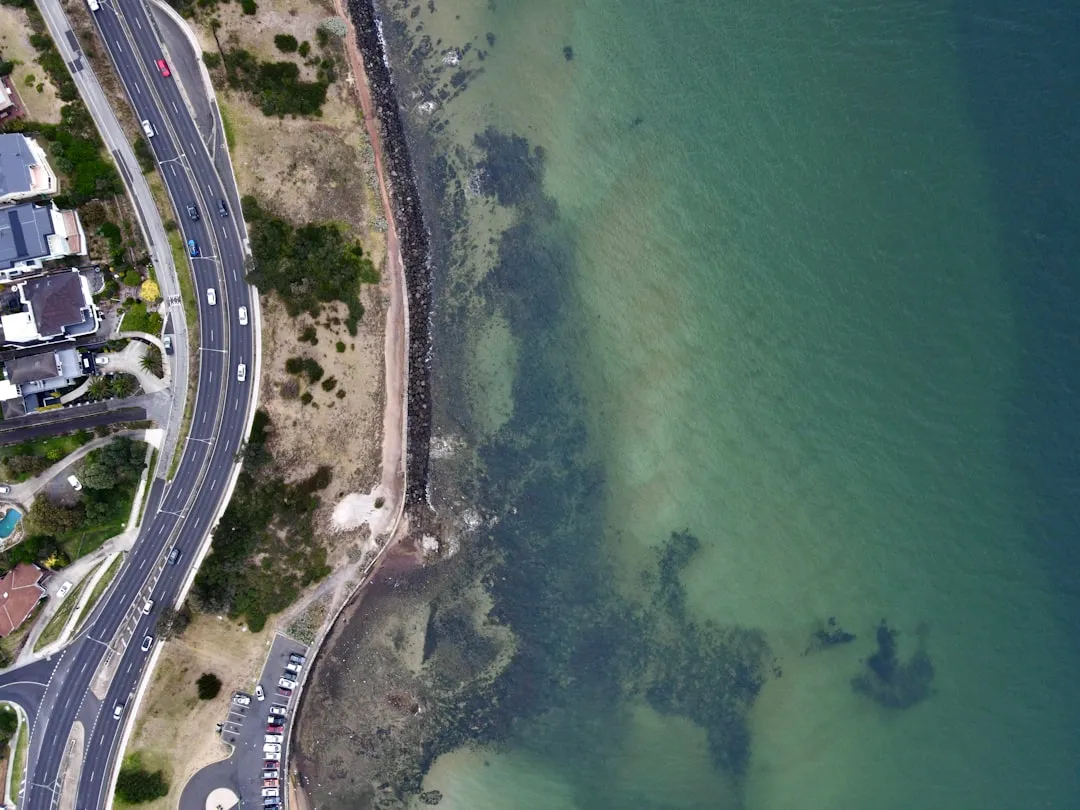

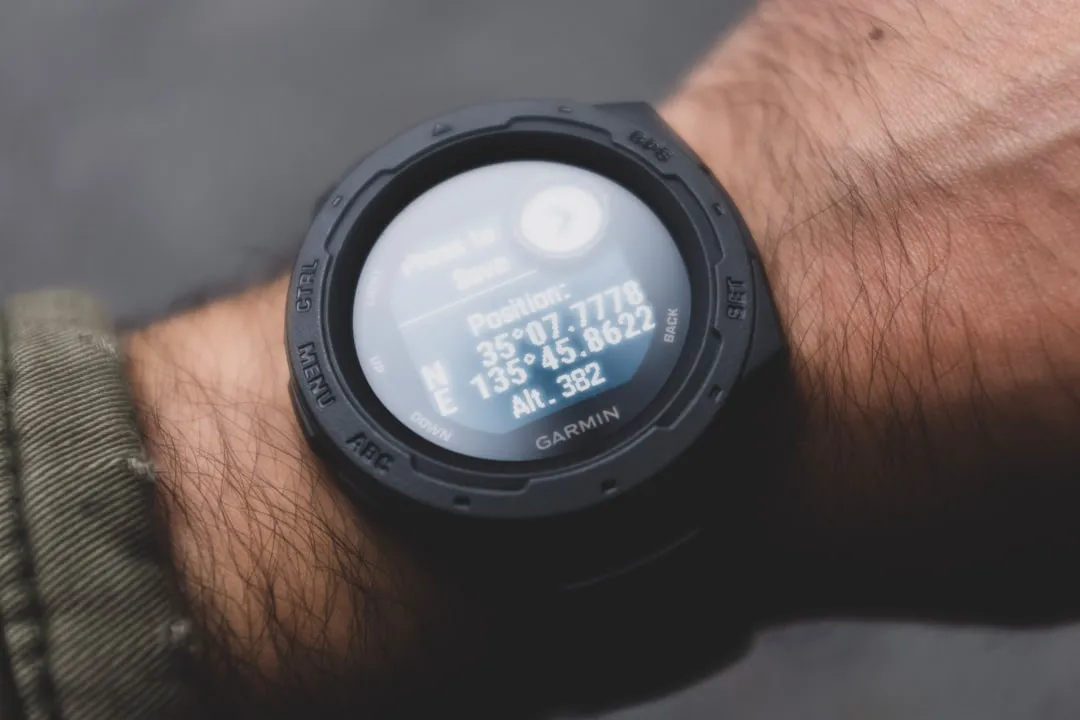
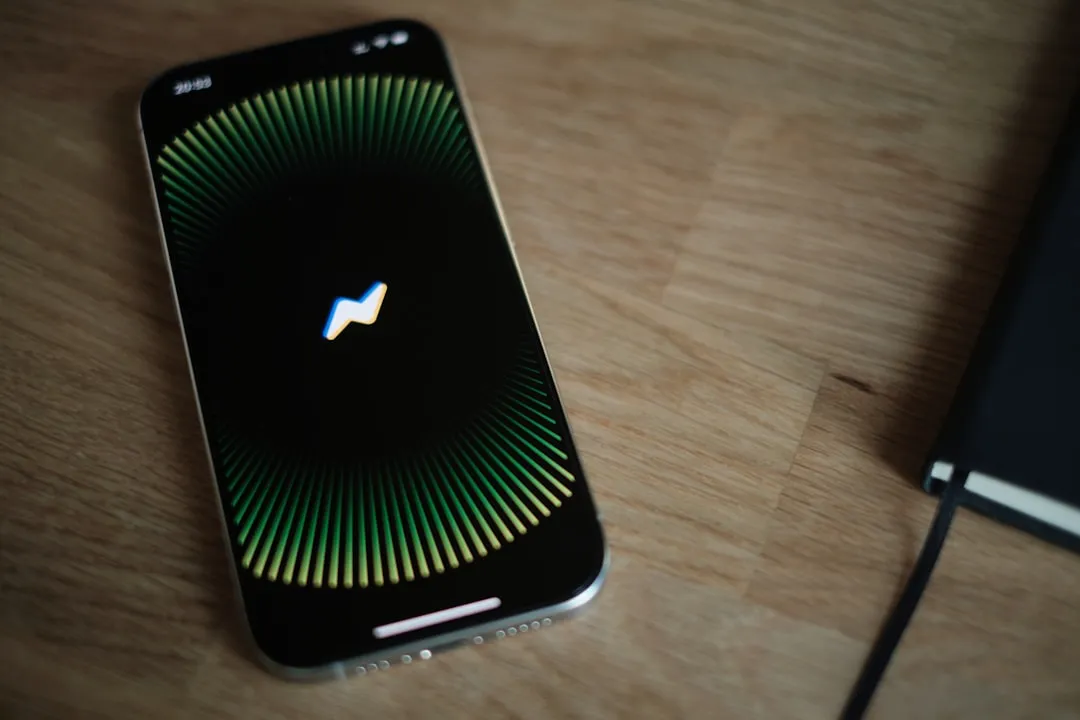
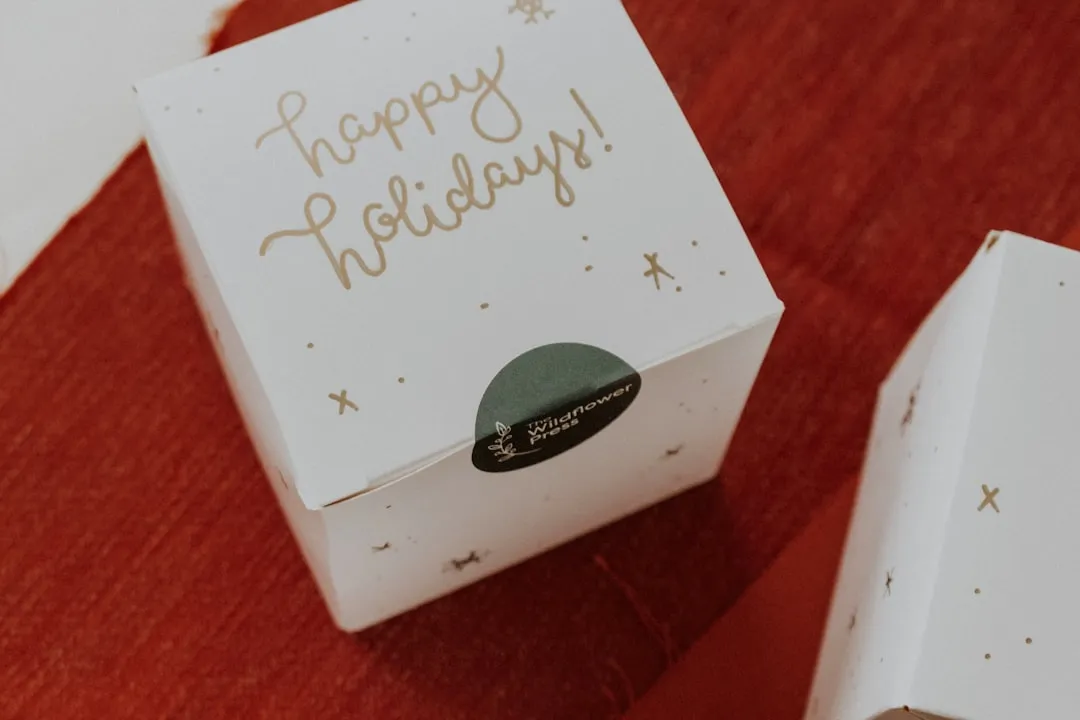
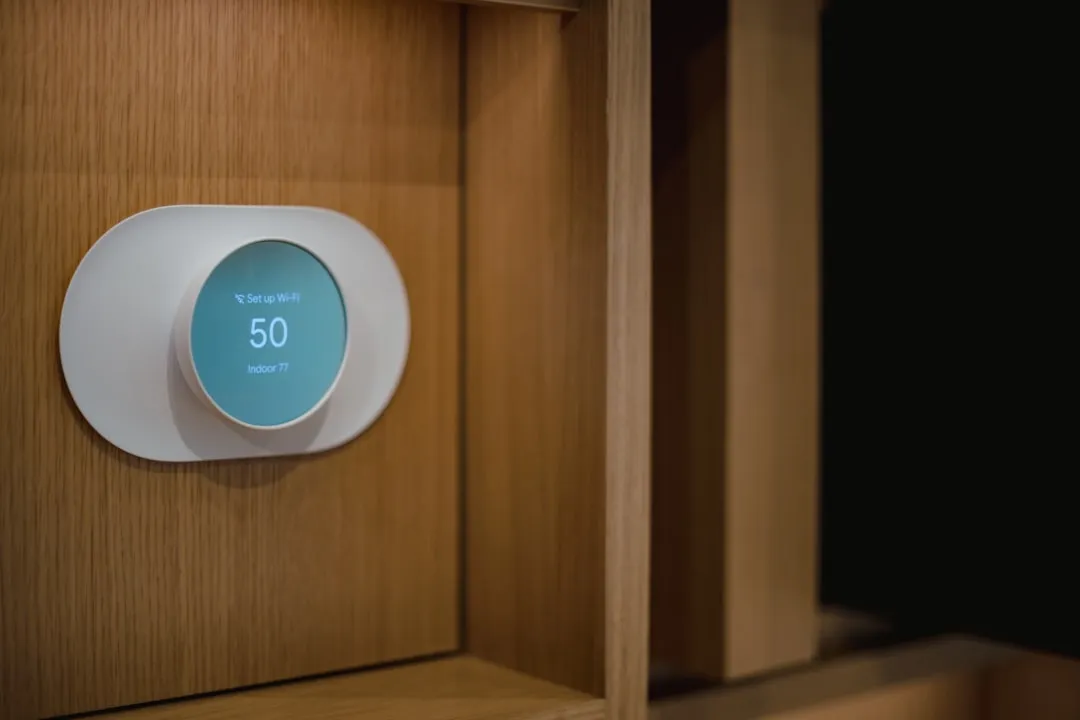


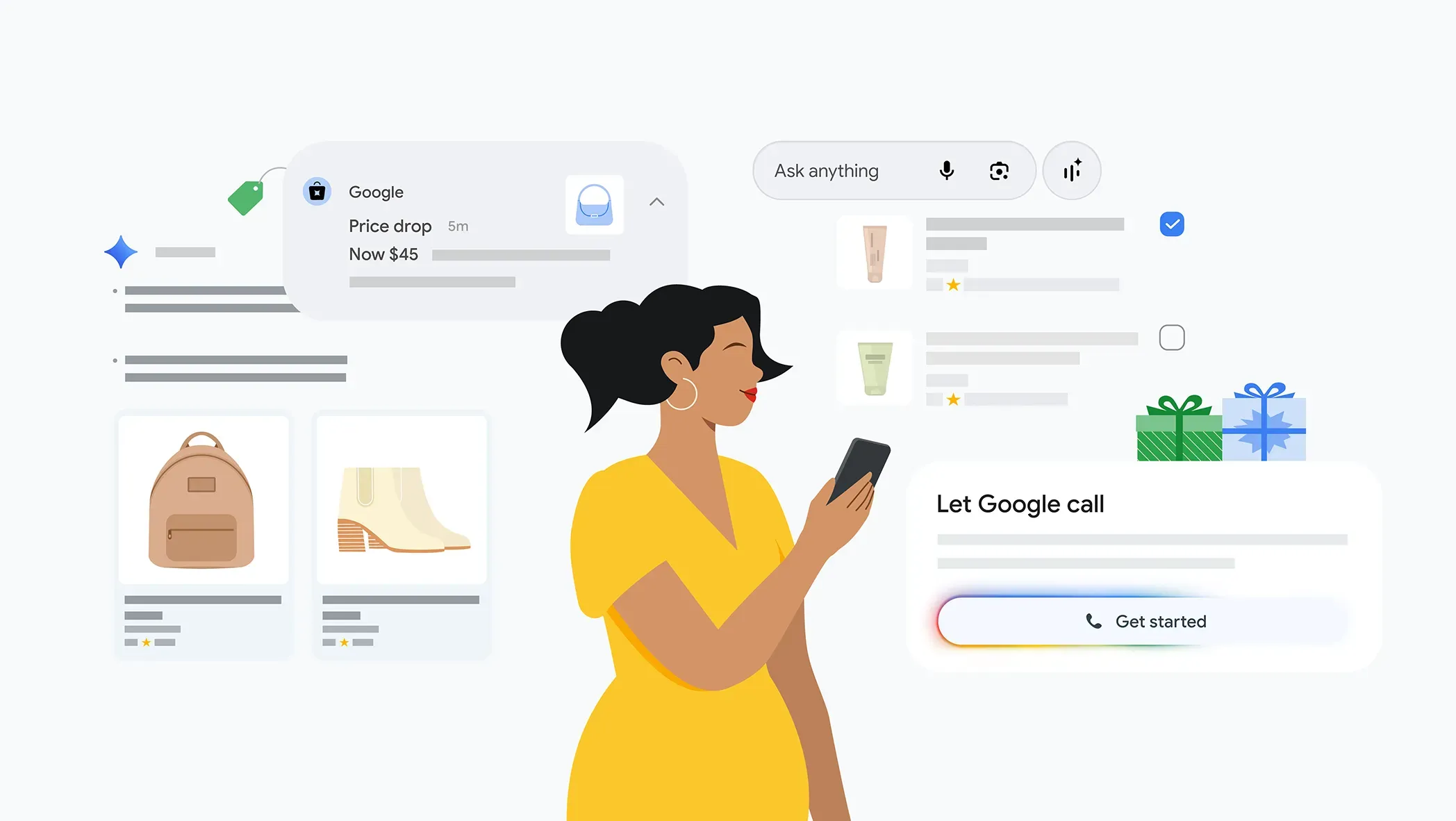
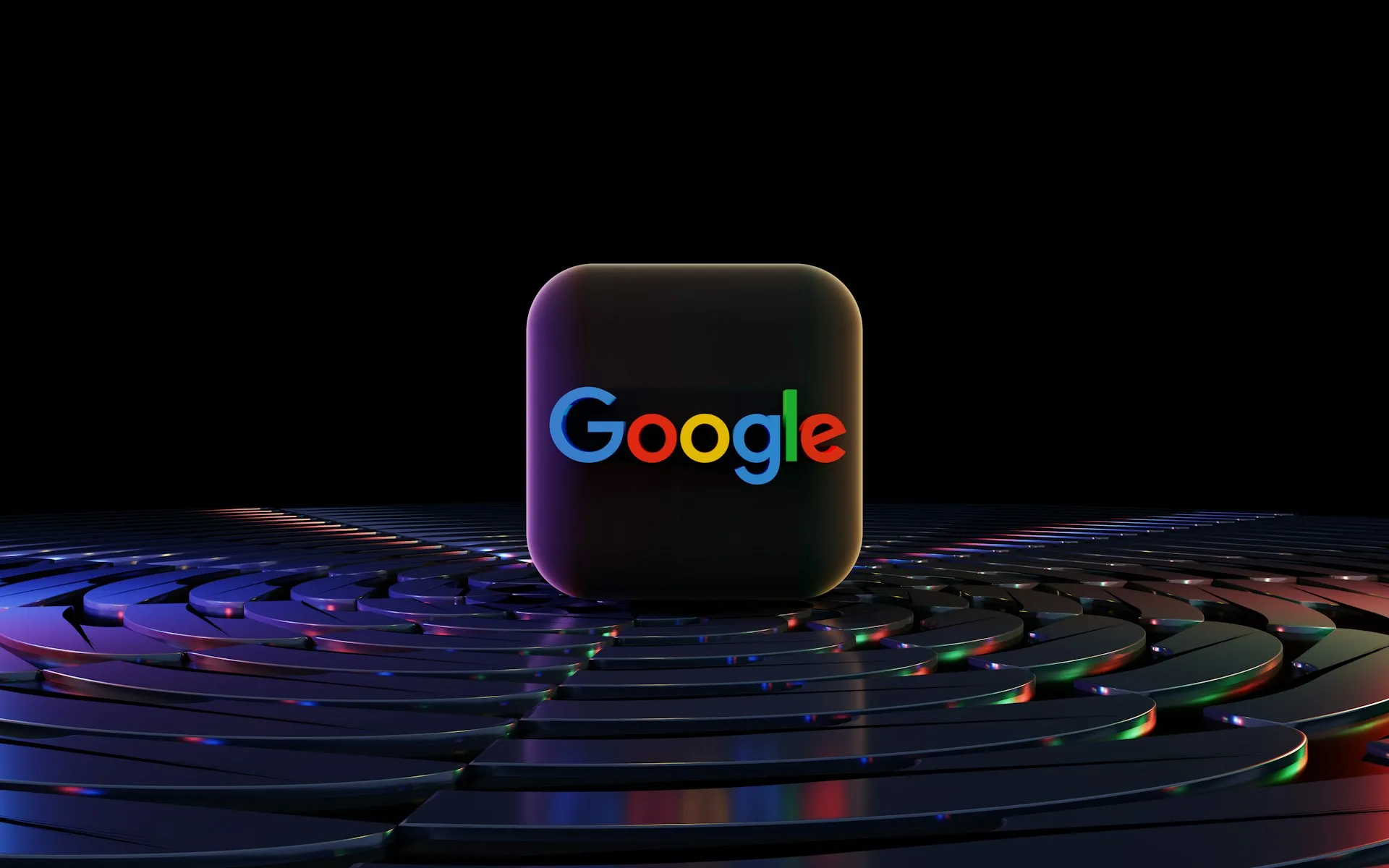


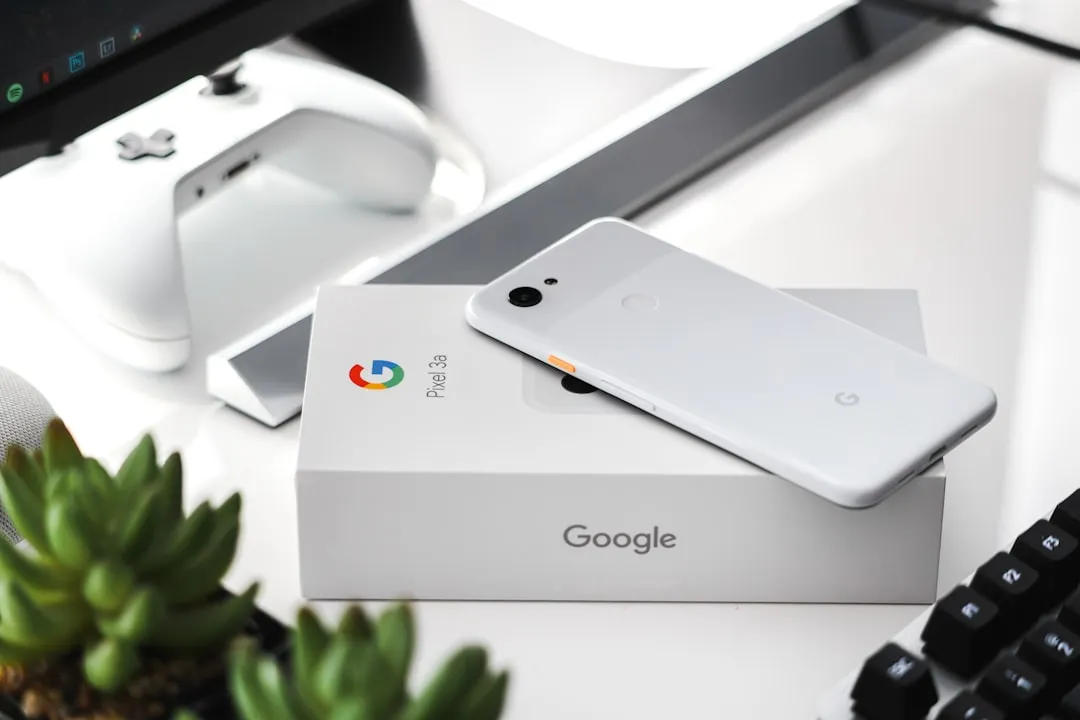
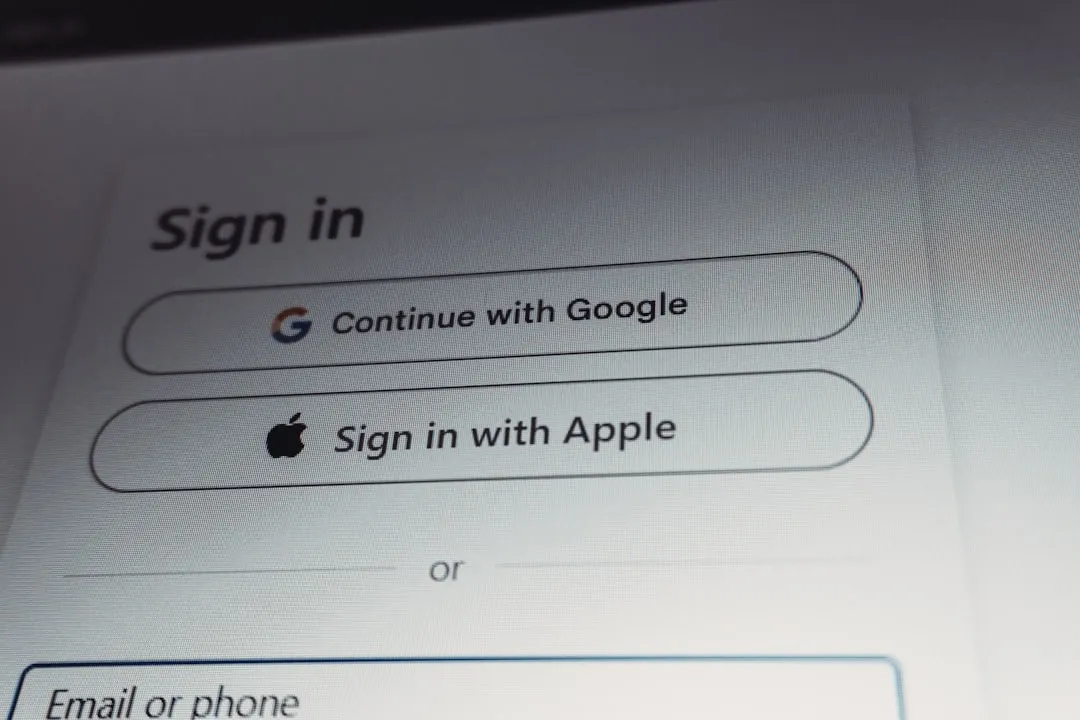
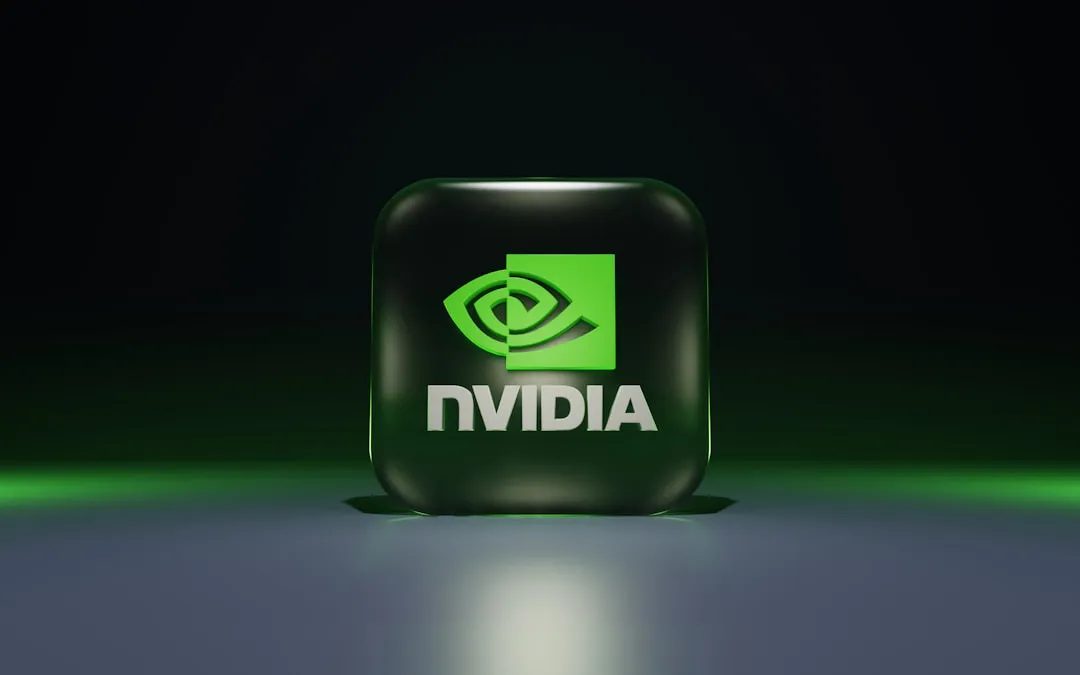
Comments
Be the first, drop a comment!